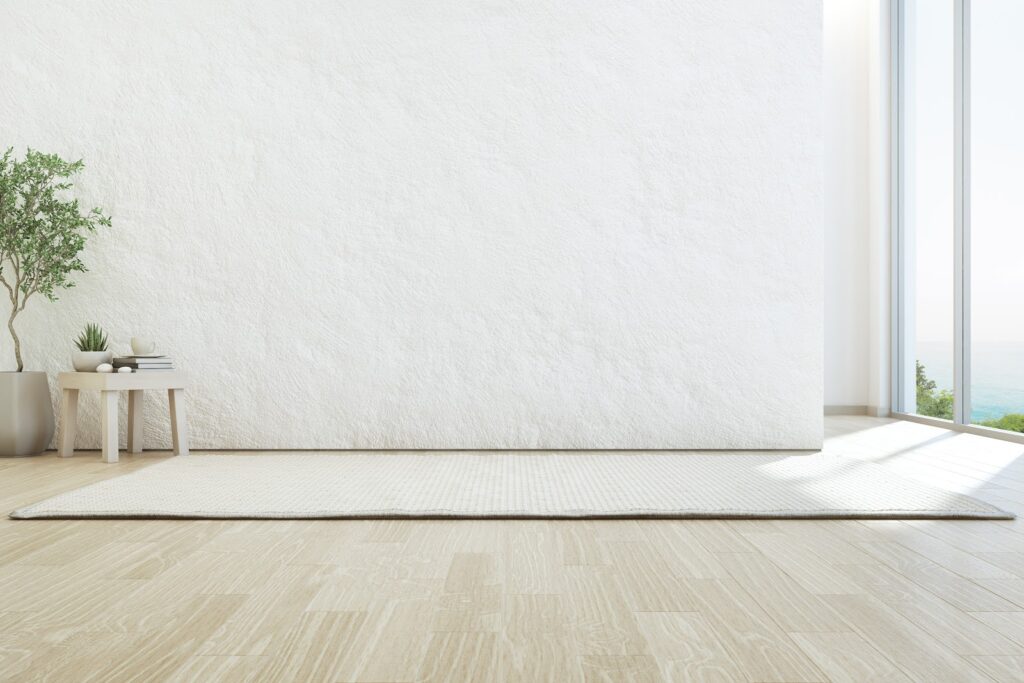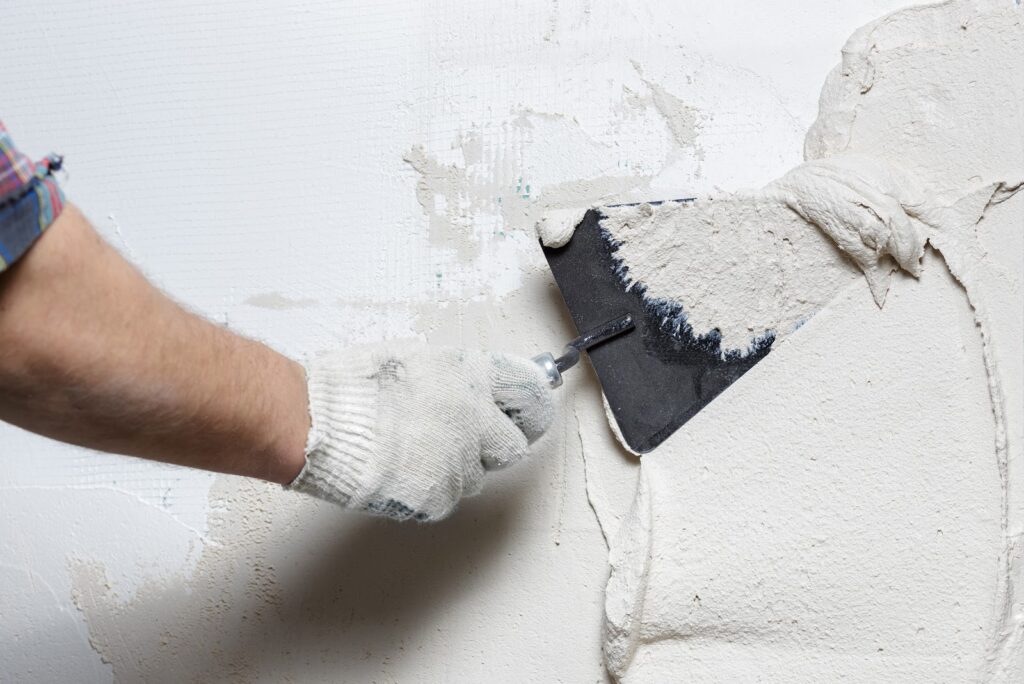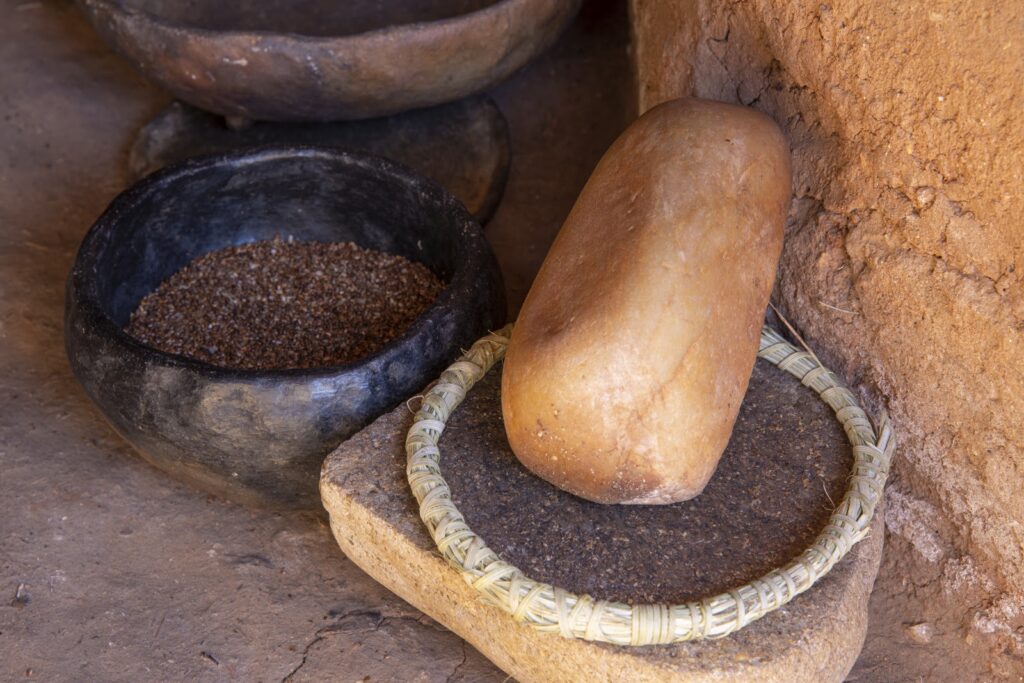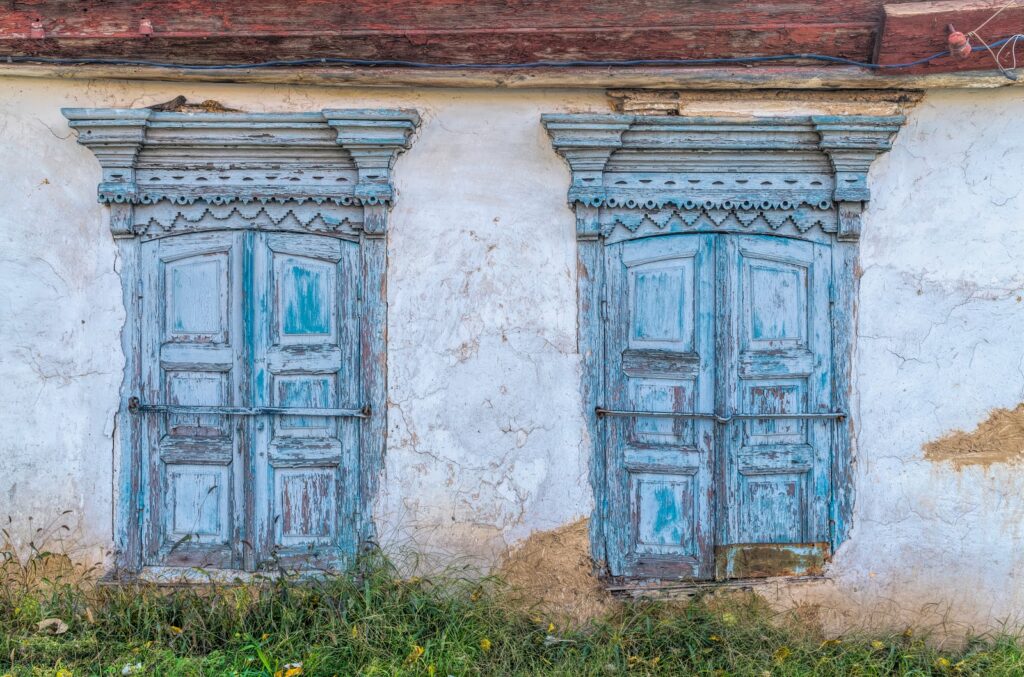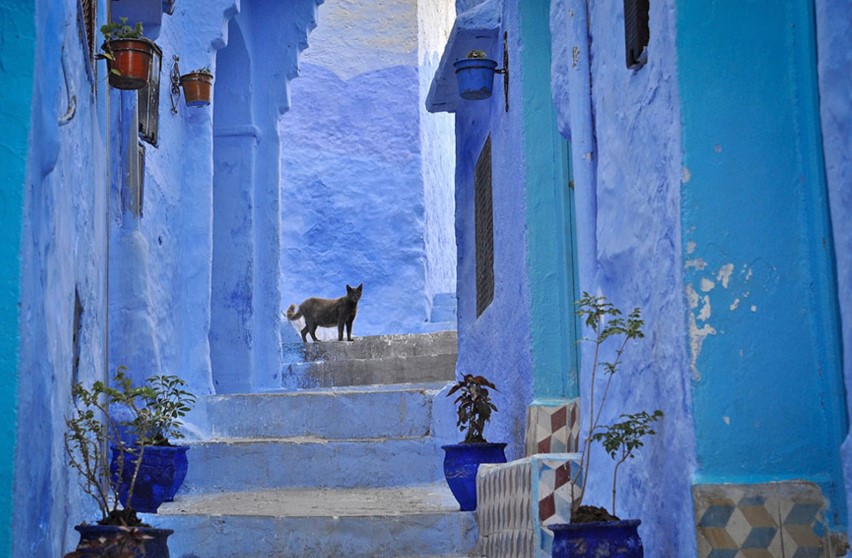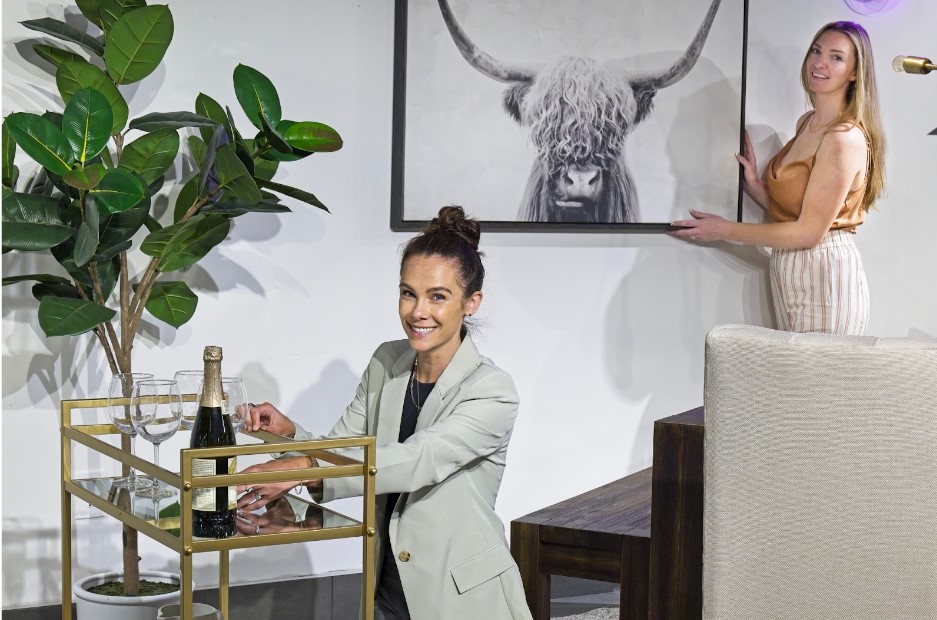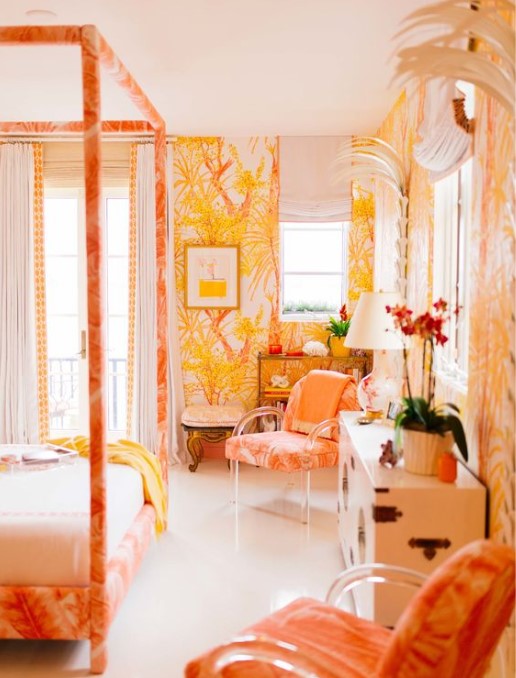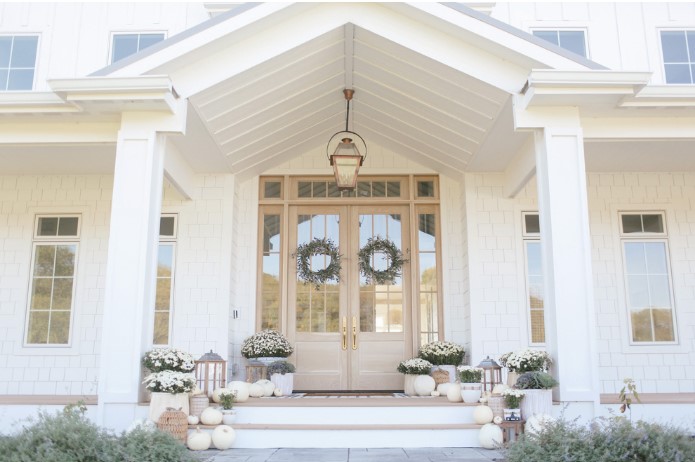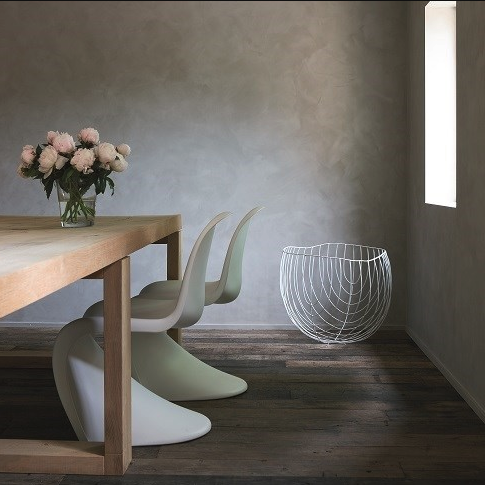
American Clay
Confession: I’m a wall toucher.
Or was, anyway, before everything had the potential to contain deadly contagion, but I digress.
I love nothing more than letting my fingertips explore the lengths of hallways, the smoothness of burnished Italian plasters cool against my palms, the exciting bite of intense textures poised to attack. We’ve all heard the expression “if these walls could talk, the stories they would tell!” What if we’re just not listening closely enough?
Also, yes, I’ve received side eye aplenty in the course of my wall rubbing, but I don’t mind being called a crazy person. Just don’t ever call me boring. Or late for dinner.
In a time when we are all so desperately scrambling to create a meaningful connection, it may come as a surprise that you can find it in your wall coverings. Earthen plasters like American Clay can connect us to the ancient past, to far corners of the world, and to the ground under our feet at this very moment.
Hop in my time machine, friends, we’re going on a quick trip. Plaster finishes have been around since about 7500 BC, when the people of ancient Jordan used a plaster composed of lime and unheated crushed limestone to cover interior walls, floors, and ceilings. This plaster mixture stayed cool in the heat of the summer, so after a long day of working the fields of wheat, barley, and beans, I’m sure more than one tired woman rested her head momentarily on the wall, grateful for a brief reprieve, before getting back to work. She let her children finger paint decorations on their walls that would be found thousands and thousands of years later, the tiny fingerprints of the lives she created the subject of the study of modern anthropologists and archeologists. Could she have known? Did she ever think that in 10,000 years people would be running their hands over her walls, asking them to tell her story?
What’s most remarkable to me is that the same thing was happening all over the world. Women in ancient China and India were building families, celebrating good harvests, and mourning losses within walls composed of clay and gypsum, Egyptians coated the walls of tombs with lime and gypsum adorned with painted images to honor and guide the souls of the deceased to a happy afterlife. Even as the production of plaster continued to develop through the centuries, it remained an integral component of everyday life. The modern result of centuries upon centuries of refining this process is drywall sheets. Drywall sheets! I’m a gal who loves convenience, but I can’t help feeling that we’ve sacrificed sacred connection for the sake of that convenience.
But we don’t have to!
American Clay is a modern company that pulls that sacred, ancient connection to the earth and all the people that have walked it before you right back into your life. I’ve worked with this product for over a decade as a certified applicator and trainer, and I’ve left a trowel mark or two all the way from Mexico to San Francisco in retail establishments and world-renowned hotels and restaurants. I’ve trained teams across the entire US on the application of this product and I am still absolutely head over heels in love with this stuff. Allow me to sing its praises. Ahem.
(Queue the music.)
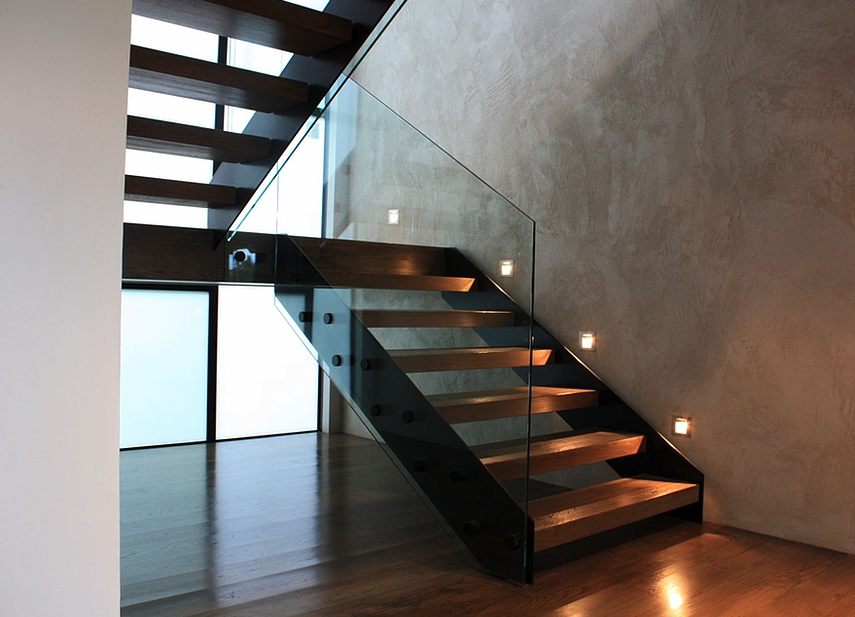
American Clay is LEED Certified.
This means that it’s been recognized by Leadership in Energy and Environmental Design as a healthy, efficient, cost-saving champion and leader in sustainable design. Their products are zero-VOC and contain no additives (unless you put them in yourself), which means no nasty, headache-inducing fumes linger around while it’s drying, and renders it safe for use in especially sensitive places like hospitals, nursing homes, and nurseries. Applying a few layers of American Clay can also help cut heating and cooling costs since it acts as an insulator, which helps to combat those pesky excessive emissions and keeps money in your wallet. (Photo cred to American Clay | Loma in Auckland, NZ.)

American Clay is versatile.
As I said, I’ve worked with this product for over a decade. I’ve used it on an incredible number of projects because it goes up quickly and is incredibly forgiving, but mostly because it can duplicate almost any finish from polished venetian plaster to aged concrete and everything in between. I know that the word “clay” might conjure a limited palette of grays and browns in your mind’s eye, but au contraire, mon frere! American Clay can be mixed into hundreds of different colors by adding natural mineral pigments that resist fading over time! The combination of color and finishing options mean that this product has literally countless potential looks. Okay, maybe not literally countless, but advanced math class this is not. No matter how you decide you’d like your clay walls finished, they’ll leave you with a feeling of zen for very science-y reasons.
Photo for JG COLOR STUDIOS in San Diego residence
Loma finish in Georgia Clay by JG Color Studios
American Clay ions carry a negative charge.
The same ions are found in the air following a rain storm and surrounding the surf at your favorite beach, and they have been found to reduce stress, significantly improve all physiological states, and help to regulate circadian rhythms. They also help to improve air quality by helping to reduce or eliminate pollutants like smoke (which is especially helpful since this is California and we’re in a constant state of inferno) and help eliminate viruses and bacteria from the air (again, especially helpful at this particular moment in history). Negative ions are thought to combat the positive ions produced by the barrage of electronics that have inundated our daily lives, as well. That’s right, they put on their tiny little ion armor and go to battle for the sake of your wellbeing.
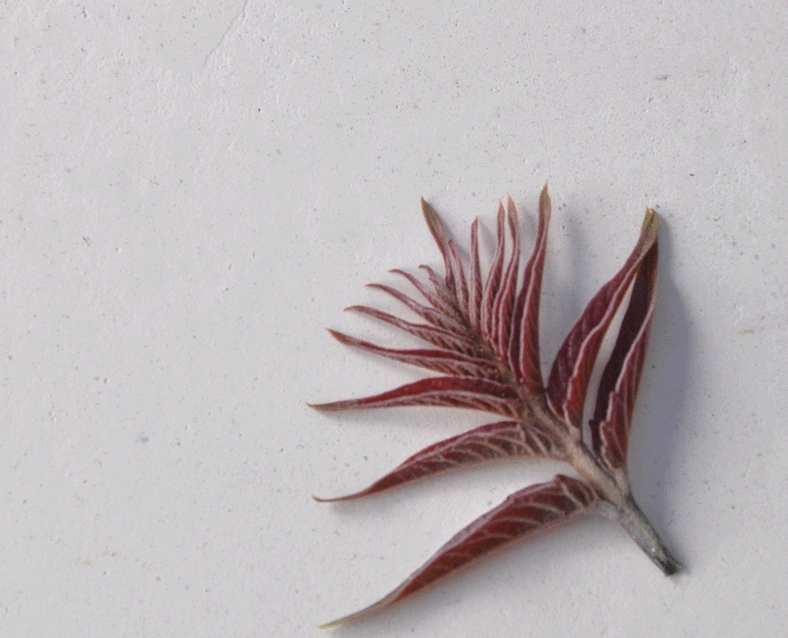
Photo by American Clay | Porcelina Sugarloaf White 
Photo by John Dole Photography for JG Color Studios | Loma finish in Chocolatte by JG Color Studios
American Clay is one tough mother.
This stuff is fireproof. Seriously. As long as you don’t use any additives besides pigment, you can use it inside your fireplace, right over the existing brick! It’s also mold-resistant. It’s easy to repair when a creative kiddo decides that the wall is obviously the best place for her new art installment, even if her chosen medium is permanent marker. And it’s non-toxic, in case that little artist decides to taste a chunk. It is NOT waterproof, however, so it’s strictly for indoor applications, which is really where you want it anyway so you can reap all of those sweet, sweet insulating benefits. (We use lime plaster for exterior applications. You’ve got options!)
Honestly, I could write an entire book about why I love this plaster so much. The beauty, the sustainability, the versatility, the happiness-inducing elements…each one alone is reason enough to have at least one clay wall in your home. My favorite reason, though, will always be that I can come home at the end of a long day, run my fingers along the hall walls, and feel connected to every person who has touched that earth before me. I can sit with my bare feet against the wall while I drink my morning tea and wonder about the feet that walked this exact clay before I was ever even thought of; millennia of creatures and people that fought to survive and to adapt so that I could eventually end up at this moment, connected and humbled and happy. Maybe it’s the negative ions.

If you are interested in an estimate for your home or business, if you’d like to learn how to apply American Clay, or if you just want to hear more about what we’ve got going on, shoot us an email at jen@jgcolor.com, and connect with us on social media:
Insta: @jgcolorstudio and Pinterest: JG Color Studios.
I look forward to connecting with you!
Sources:
English, J. (2013). The Positive Health Benefits of Negative Ions. Nutrition Review. Retrieved from https://nutritionreview.org/2013/04/positive-health-benefits-negative-ions/
Reilly, T., & Stevenson, I. C. (1993). An investigation of the effects of negative air ions on responses to submaximal exercise at different times of day. Journal of Human Ergology, 22(1), 1–9.
Rollefson, Gary. (1990). The uses of plaster at Neolithic ‘Ain Ghazal, Jordan. Archeomaterials. 4. 33-54.

